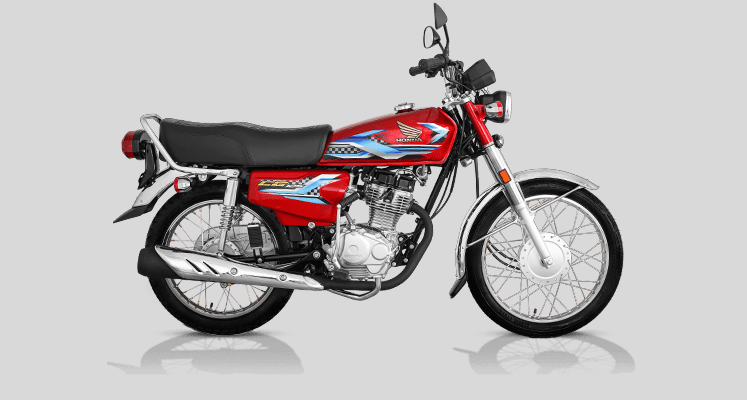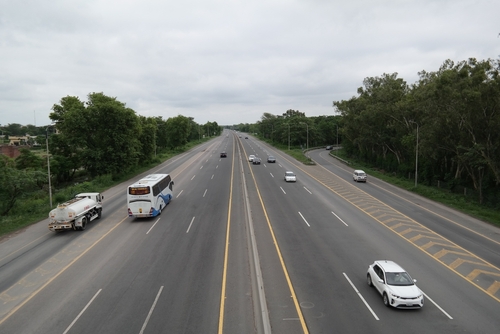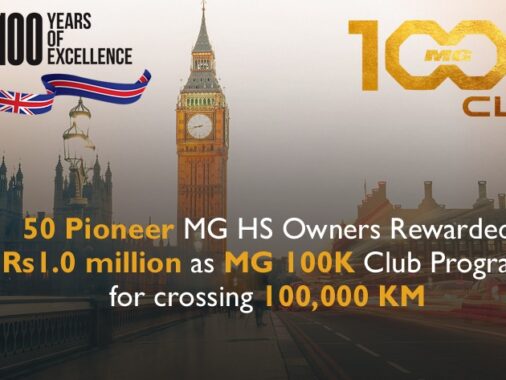It’s been more than two decades, and the motorcycle industry in Pakistan has been restricted to a new model with only a “New Sticker,” and disappointingly, this is the only innovation that’s been witnessed in the last 20 years. It would be hard for one to define any considerable difference between a decade-old model and the latest one.
Moreover, another surprising fact is the significant increase in their prices. For instance, in 2019, the Honda CD70 price in Pakistan was around Rs. 70,000, and in less than five years, it has miserably surged to a staggering Rs. 157,900, making a shocking difference of Rs. 87,000. The economic meltdown might explain this abrupt and uneven increase; however, this discrepancy remains unjustifiable in any form.
Suneel’ Take
Suneel Manj, recognized for his expertise in the Pakistani automotive industry, also shared his perspective on the subject.
1- Supply & Demand Process
Asking about this prevailing trend, Mr. Manj integrated it with a supply and demand process, adding that this cycle will keep working as long as demand remains. Every year, a new model with zero innovation and companies remain successful in maintaining their sales graph.
2- Resistance Against New Tech
Mr. Manj observed that advancements in motorcycle technology have often been met with resistance from consumers due to increased costs. This trend is exemplified by the Honda Pridor, Honda CB125, and CB150, which underperformed in sales compared to the Honda CD70 and CG125. The current prices of these three two-wheelers are Rs. 208,900, Rs. 390,900 and Rs. 497,900, respectively, making it clear that why customer resist to buy these bikes.
3- New Entrants – Low Price Elasticity
This suggests that price elasticity in the motorcycle market is low, especially for the new models and companies, meaning that even a slight price increase can lead to a significant drop in demand. For instance, if a motorcycle is priced between Rs. 80,000 and Rs. 100,000, a price hike to Rs. 120,000 may result in a significant decrease in consumer interest. This indicates that customers are generally unwilling to pay more than Rs. 100,000 for a new entrant. That’s why newcomers like Road Prince, United Motorcycles, Super Power, etc., followed the same pattern to stay relative in the local bike market.
He also noted that price elasticity is higher for more expensive products like cars. This means that consumers are more willing to accept larger price increases for these items. The Suzuki Alto is a suitable example. Despite a significant price hike from Rs. 1,600,000 to Rs. 2,331,000 for the new model, sales remained strong, demonstrating the high price elasticity in the car market.
What do you think about this trend of bringing new bike with only a new design and sticker? Tell us in the comments section.





